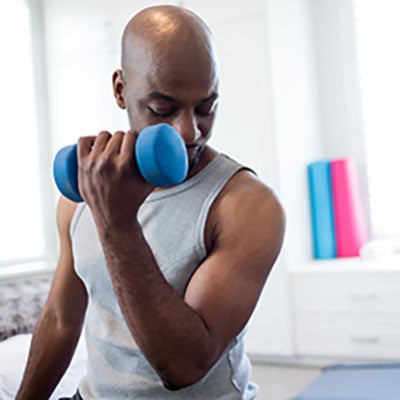Exercise Snacking
June 26, 2023
While the benefits of a dedicated exercise plan are well known, it’s often difficult to fit a bike ride or hike into your daily schedule. Exercise “snacking” is a quick and easy way to improve your health through physical activity.
Researchers have found that individuals who engage in short bursts of exercise throughout the day – even just a few minutes at a time – can reap health benefits regarding muscle strength and cardiovascular health. Timing is also important. Exercise “snacking” prior to a meal will help control blood sugar levels so these sessions may be effective in preventing type 2 diabetes, heart disease, and other conditions.
According to a study published in Exercise and Sport Sciences Review, exercise “snacking” is a “feasible, well-tolerated, and time-efficient approach” to better health with benefits that start adding up with sessions of one or two minutes of vigorous exercise several times a day. The study also indicates that exercise “snacking” may help “offset the detrimental effects of prolonged sitting on metabolic outcomes and vascular function.” Of course, by increasing the duration of the exercise “snack” and its frequency, you will likely enjoy added health benefits.
The key is making sure the exercise you select is done “vigorously,” a term that may be difficult to define. According to the U.S. Centers for Disease Control and Prevention, if you are engaged in a vigorous-intensity activity, you won’t be able to say more than a few words without pausing for breath. Speed walking or using a stationary bike are great ways to build an exercise “snack” into your schedule. You can also take the stairs instead of the elevator, run up the stairs during a TV commercial break, or fit in a couple of short walks around your home or office environment. Aim for burning at least 100 extra calories – that’s the equivalent of walking a mile and it’s when the benefits of these exercise “snacks” start to kick in. You can find more tips for exercise “snacking” here.

Primary Care
Before beginning any exercise program, it is always wise to check with your primary care physician to assess your current physical condition and determine if you should take any specific precautions.
If you don't have a primary care physician, you can find one by clicking on the button below.
Find a Primary Care Physcician